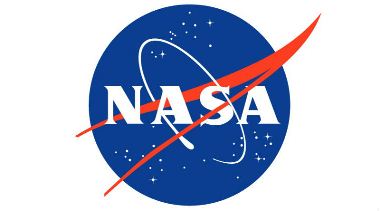A team of experts is working with NASA to determine what medical training and technology astronauts need so that they can respond to any emergency like a heart attack, even when they have lost contact with the Earth.As missions into space become longer and go deeper, the need for diagnosis and treatment of trauma and major illness in astronauts is becoming more acute.
“With longer class missions like Mars within reach, we have to come up with better methods and measures to keep our astronauts safe for longer periods of time,” said McMaster University Professor Tom Doyle, who is working with experts from the Harvard University and the Northern Ontario School of Medicine on the project.
Doyle’s research will focus on developing new supports for astronaut health during deep space exploration missions, both remotely and at the International Space Station (ISS).
“We have medical kits, but right now space is a lot like camping. You have the basic tools but you’re too remote to easily access help if something serious goes wrong,” Doyle said in a university statement.
Currently, if an astronaut has a major medical event in space, it takes about 12 hours to get back to the Earth. As well, gravity wreaks havoc on everything from containing blood, to finding organs that shift in the body.
Doyle’s team will be looking to create new protocols and intelligent systems for telemedicine, which is remote medical monitoring and decision support via telecommunications technology.
Doyle’s research team will create an ISS simulator and work to come up with a better set of guidelines for conducting telemedicine and better tools to do it.
As they develop newer procedures, they will test these by simulating emergencies that have to be addressed with the equipment on the ISS.
The end goal is to develop a simulator to develop and test better guidelines and tools to support astronauts so that they can respond to events like a heart attack, even when they have lost contact with the Earth.
The investigations will span one to three years and will take place on the team’s ISS Simulator, ground-analogue settings that mimic the spaceflight environment and the International Space Station, the researchers said.
- Lanka’s post-attacks nightlife loses fizz
- On a film clip from The Godfather Part II
- Google unveils Pixel 3a, 3a XL
- Kavinda wants govt to acquire sharia university
- Federer near flawless in clay comeback
- Ignoring security warnings led to Easter Sunday attacks – Kiriella
- Blast in Lahore kills at least four, wounds 24
- Govt says cannot keep schools closed
- PM wants sophisticated technology to face global terror
- Facebook building privacy-focused social platform, says Mark Zuckerberg


Leave a comment